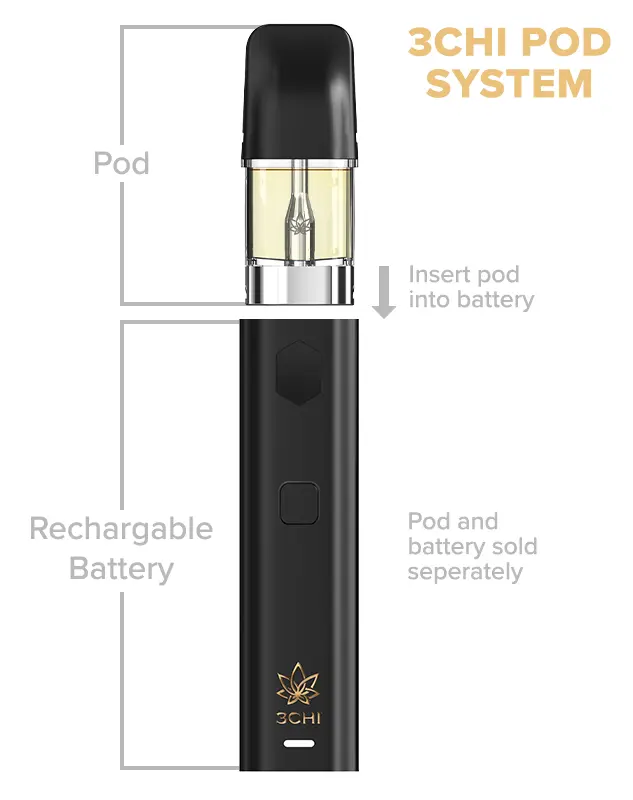Turn Products Best-Selling Vape Pens: Necessary Tips
Turn Products Best-Selling Vape Pens: Necessary Tips
Blog Article
The Environmental Impact of Non Reusable Vapes: Are They Genuinely Sustainable?
As culture progressively shifts towards eco-conscious intake practices, the sustainability of products has actually come under analysis much more than ever before. Non reusable vapes, a flourishing market sector in the vaping industry, have actually triggered arguments regarding their ecological effect. The benefit and ease of use that non reusable vapes supply are obvious, but under the surface area lies a complex web of eco-friendly consequences that question concerning their true sustainability. With concerns ranging from source removal to garbage disposal, delving into the ecological footprint of non reusable vapes unveils a diverse problem that is worthy of more detailed assessment.
Ecological Impact of Non Reusable Vapes

Unlike typical vapes that can be refilled and recycled, disposable vapes are developed for a single-use cycle, causing a fast buildup of digital waste. The production procedure of disposable vapes also takes in beneficial resources and energy, more aggravating their environmental footprint. Incorrect disposal of these gadgets can cause soil and water contamination, positioning risks to wildlife and ecological communities.

Manufacturing Refine and Source Consumption
Throughout the manufacturing of non reusable vapes, substantial quantities of resources and energy are taken in, contributing to their overall environmental impact. The production process of non reusable vapes includes the removal and processing of resources such as metals for the device elements, plastic for the covering, and lithium-ion batteries for the source of power. These processes need substantial power inputs and can cause the generation of greenhouse gas emissions, adding to climate modification. Furthermore, the manufacturing of disposable vapes commonly entails the use of non-renewable sources, better depleting finite materials.
Furthermore, the production of disposable vapes also creates waste and contamination. The manufacturing process of disposable vapes plays a significant role in their overall environmental impact and sustainability considerations.
Waste Generation and Disposal Challenges
In light of the resource-intensive manufacturing procedure of non reusable vapes, the administration of waste generation and disposal offers considerable environmental difficulties. Disposable vapes contribute to the placing issue of electronic waste due to their single-use nature and facility structure.
Furthermore, the improper disposal of disposable vape cartridges, which typically include residual pure nicotine and other toxic compounds, can pollute the environment otherwise managed correctly. The lack of standardized recycling programs for these cartridges intensifies the problem, with lots of finishing up in regular waste streams.
To resolve these waste generation and disposal challenges, it is necessary for makers to create more sustainable vape items that are simpler to reuse. Furthermore, enhanced understanding and education and learning on appropriate disposal techniques amongst customers are critical in minimizing the ecological effect of non reusable vapes.
Chemicals and Harmful Products Use

In addition, the batteries in non reusable vapes contain heavy steels such as lithium, cadmium, and lead, which are harmful to the setting if not reused appropriately. Turn products. Inappropriate disposal of these batteries can bring about soil and water contamination, presenting dangers to communities and human wellness. As a result, the widespread use chemicals and toxic materials in non reusable vapes underscores the importance of embracing lasting practices news in their disposal, manufacturing, and usage to reduce damaging environmental impacts.
Sustainable Alternatives and Solutions
What sustainable alternatives and solutions can be applied to resolve the ecological effect of disposable vapes? Furthermore, promoting liable disposal methods for disposable vapes, such as reusing programs, can assist reduce the environmental effects connected with these items.
An additional lasting option is the advancement of biodegradable vape elements. Producers can discover making use of eco-friendly materials for vape cases, cartridges, and packaging to lower the long-lasting environmental effect of these products. Furthermore, encouraging using vaping products with less chemical ingredients and toxic substances can likewise contribute to a much more sustainable vaping industry.
Education and awareness campaigns can play an important function in promoting lasting practices among vapers - Turn products. By notifying customers regarding the ecological impact of non reusable vapes and highlighting the advantages of environmentally friendly options, individuals can make more enlightened selections that align with environmental preservation initiatives. Eventually, a mix of regulatory procedures, technical developments, and consumer actions is vital to address the ecological challenges postured by disposable vapes
Verdict
Finally, the environmental influence of non reusable vapes is significant as a result of the manufacturing process, source intake, waste generation, and use of chemicals. Lasting options and services should be thought about to mitigate these negative results. It is important for producers and consumers to focus on eco friendly practices to reduce the environmental damage brought on by disposable vapes.
The environmental influence of non reusable vapes is a growing concern read this as their prevalent use contributes to plastic waste accumulation.Unlike standard vapes that can be re-filled and recycled, non reusable vapes are designed for a single-use cycle, leading to a fast buildup of electronic waste. The prevalent usage of chemicals and poisonous products in non reusable vapes highlights the significance of embracing sustainable techniques in their manufacturing, disposal, and use to alleviate damaging ecological impacts.
By notifying consumers concerning the environmental impact of disposable vapes and highlighting the benefits of environment-friendly choices, individuals can make more informed options that align with environmental conservation initiatives.In conclusion, the environmental influence of disposable vapes is considerable due to the manufacturing process, resource intake, waste generation, and use of chemicals.
Report this page